Thursday’s @StudioTeaBreak #PortraitChallenge is to use any media to redraw or reinterpret the picture. We see art in much more depth when we try to recreate it; it gives us a whole new appreciation of form, technique, composition, and we learn how to draw a wider range of people https://twitter.com/studioteabreak/status/1245488216574230530">https://twitter.com/studiotea...
I once saw a well-intentioned mum chiding her child for copying a picture. ‘Don’t copy, be creative!’ she said. But copying is like reading vs writing: reading Shakespeare and performing it are training for writing our own plays and poetry. Or like playing music vs composing it.
Obviously we can’t copy and pretend to pass off the work as entirely our own, particularly if the work is still in copyright. But doing studies from the work of old masters is a long-established way of building skills. When we have the tools, we can use them to create new things.
Many museums have wonderful online art databases. Since you’re stuck at home and can’t visit, use some of these collections as training. (You’ll raise a lot less offense than if you copy a current artist’s work on Tumblr or Instagram.) Or browse previous #PortraitChallenge pics.
Here’s a notebook I kept in uni for a course called ‘Analysis of Visual Vocabulary’. Prof Charles Stegeman had us pick an art piece we admired and spend an hour looking at it and writing *why* we liked it, examining its Form, Colour, Texture, Composition, Structure, and Rhythm.
Once when I was copying out this Giocometti piece, Stegeman said, ‘You’re drawing too small! You won’t get any idea of the piece’s rhythm if you’re drawing much smaller than the original.’ I drew a detail larger and he was right, I learned a lot more about how the drawing worked.
Then he said, go even LARGER. I don’t have a photo, but I copied this Da Vinci Madonna & Child at least nine feet tall, on brown paper with black charcoal and white chalk. The sheer size meant the composition took on a new life of its own, I was ‘inside’ the picture. Was amazing.
I’d bought tickets for last Monday to see the Leon Spilliaert show at the @royalacademy and I’m gutted it had to shut down. Do look up Spilliaert online, his work’s incredible  https://abs.twimg.com/emoji/v2/... draggable="false" alt="💔" title="Broken heart" aria-label="Emoji: Broken heart">
https://abs.twimg.com/emoji/v2/... draggable="false" alt="💔" title="Broken heart" aria-label="Emoji: Broken heart">
https://www.royalacademy.org.uk/article/video-leon-spilliaert-virtual-tour?utm_source=wordfly&utm_medium=email&utm_campaign=AE_ResilientArtNewsletter1_d_MARKETING_250320&utm_content=version_A&sourceNumber=623351#">https://www.royalacademy.org.uk/article/v...
https://www.royalacademy.org.uk/article/video-leon-spilliaert-virtual-tour?utm_source=wordfly&utm_medium=email&utm_campaign=AE_ResilientArtNewsletter1_d_MARKETING_250320&utm_content=version_A&sourceNumber=623351#">https://www.royalacademy.org.uk/article/v...
Working at schools, I used to give children a bare minimum of instruction and encouraged them to do their own thing. But this made some very anxious and I realised step-by-step teaching wasn’t a bad thing at all; it gave kids the building blocks for more confident drawing later.
That’s why I post so many step-by-step guides on my website. If someone can draw something they like on their paper, perhaps customise it a bit, they’re more likely to build on and adapt what they’ve learned.
http://www.jabberworks.co.uk/books
https://www.jabberworks.co.uk/books&quo... href="https://twtext.com//hashtag/DrawingWithSarah"> #DrawingWithSarah
https://m.youtube.com/user/jabberworks">https://m.youtube.com/user/jabb...
http://www.jabberworks.co.uk/books
https://m.youtube.com/user/jabberworks">https://m.youtube.com/user/jabb...
Throughout the day, you can keep an eye on the @StudioTeaBreak #PortraitChallenge and see how people of different ages, experience and techique tackle Swoboda’s original 1893 painting. (I love it when whole families draw!) https://abs.twimg.com/emoji/v2/... draggable="false" alt="🙂" title="Slightly smiling face" aria-label="Emoji: Slightly smiling face"> https://twitter.com/dadmoonstruck/status/1245621239852355584?s=21">https://twitter.com/dadmoonst... https://twitter.com/dadmoonstruck/status/1245621239852355584">https://twitter.com/dadmoonst...
https://abs.twimg.com/emoji/v2/... draggable="false" alt="🙂" title="Slightly smiling face" aria-label="Emoji: Slightly smiling face"> https://twitter.com/dadmoonstruck/status/1245621239852355584?s=21">https://twitter.com/dadmoonst... https://twitter.com/dadmoonstruck/status/1245621239852355584">https://twitter.com/dadmoonst...
I notice some older children get into a rut of drawing the same animé face over & over til they get bored and stop. If you’re schooling at home, encourage them to draw #PortraitChallenge in that style, something a bit different. Or use sketchbook characters to create a new story.
It could be something as simple as drawing that Sailor Moon character sitting on the sofa you have right there at home, draw the room they’re in. Have the character spill their drink and draw what happens next.
You can draw a room very simply, picking out key objects as a vague background for your character, or you can go full-throttle like Mattias https://twitter.com/mattiasink/status/1240284093474095105?s=21">https://twitter.com/mattiasin... https://twitter.com/mattiasink/status/1240284093474095105">https://twitter.com/mattiasin...
Often in a story, artists will start out with a detailed picture of the setting, so we the viewers/readers can get our bearings. Then they’ll zoom in and simplify in the pictures that follow. You don’t necessarily have to redraw that complicated background every time!
Faces are the most obvious place to zoom in, but you can play with focusing on other things. Say, a drawing of the spilled drink on the floor, with the character’s speech coming from outside the picture. Or looking at the view out the window as they ponder what to do next.

 Read on Twitter
Read on Twitter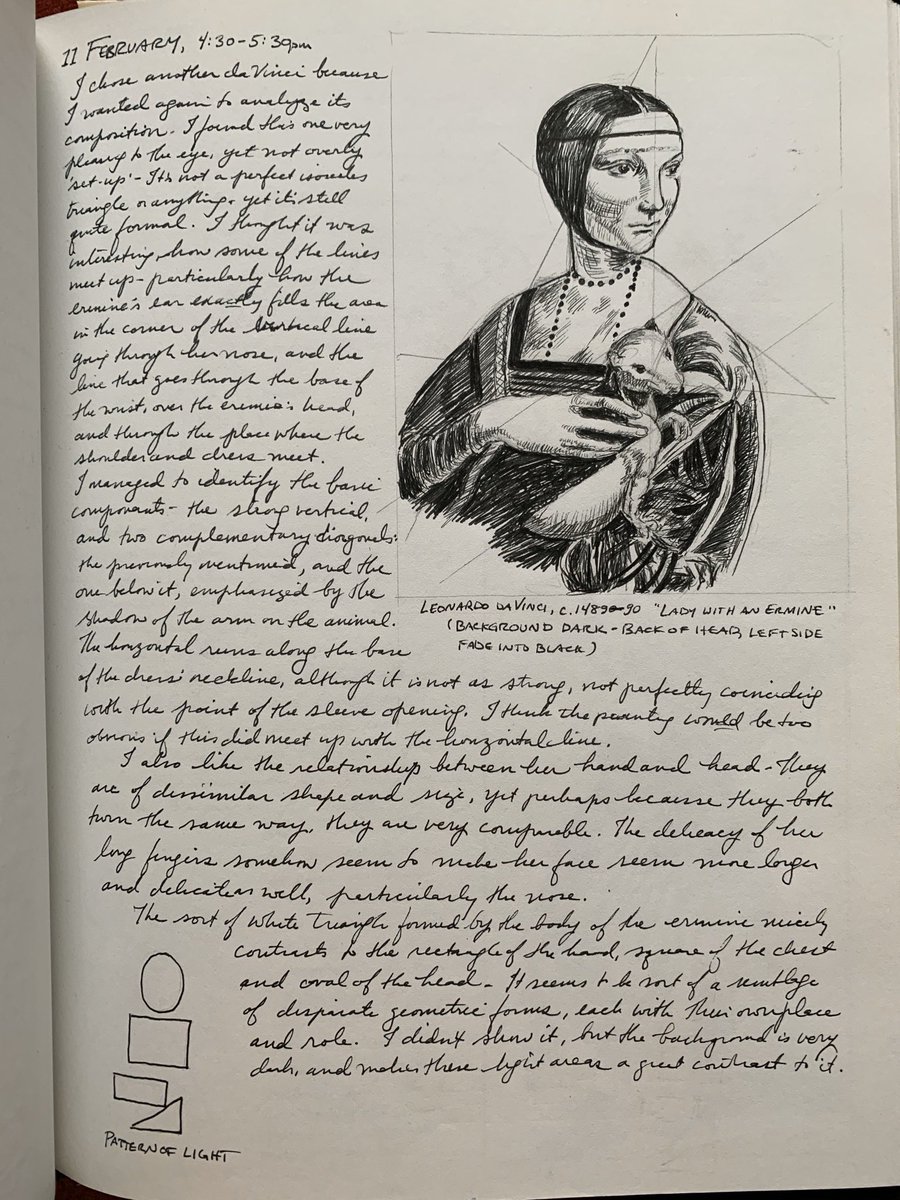




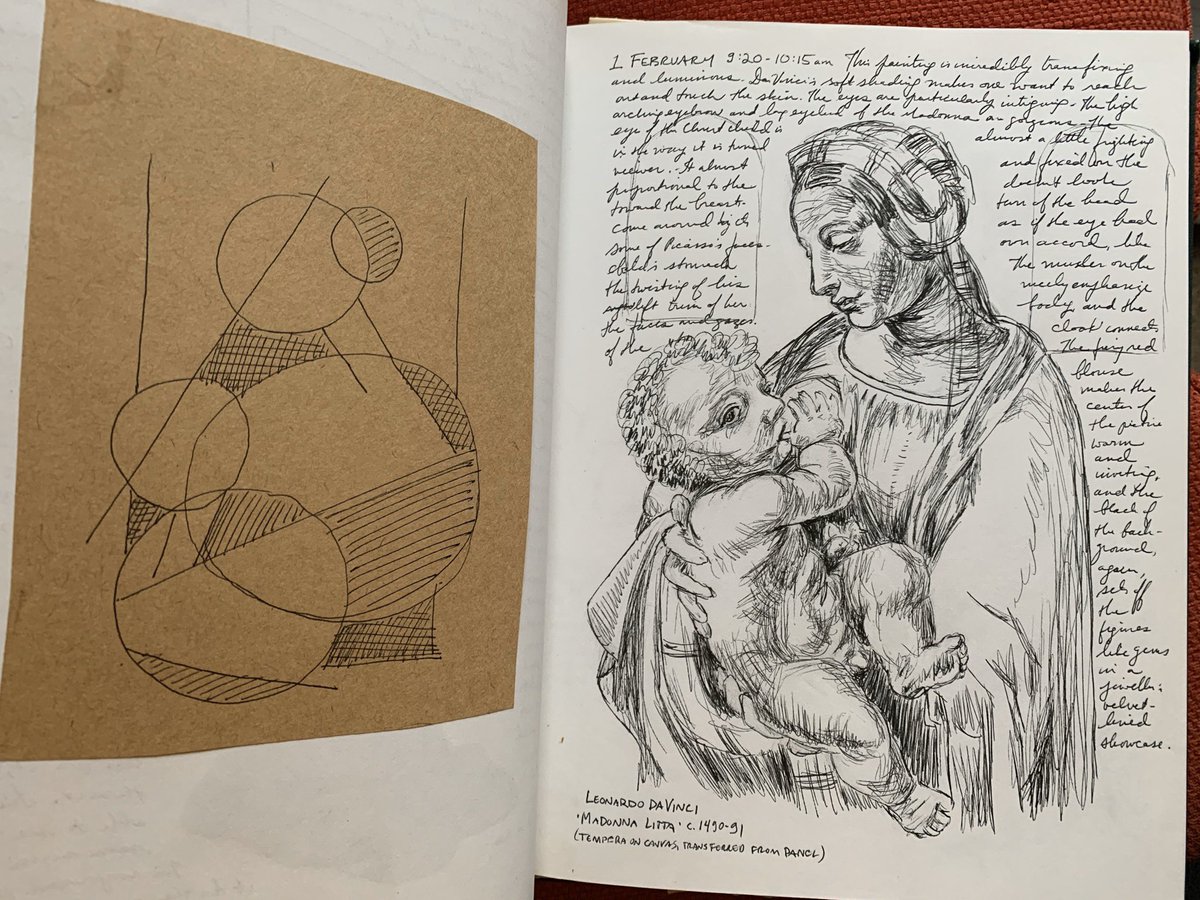
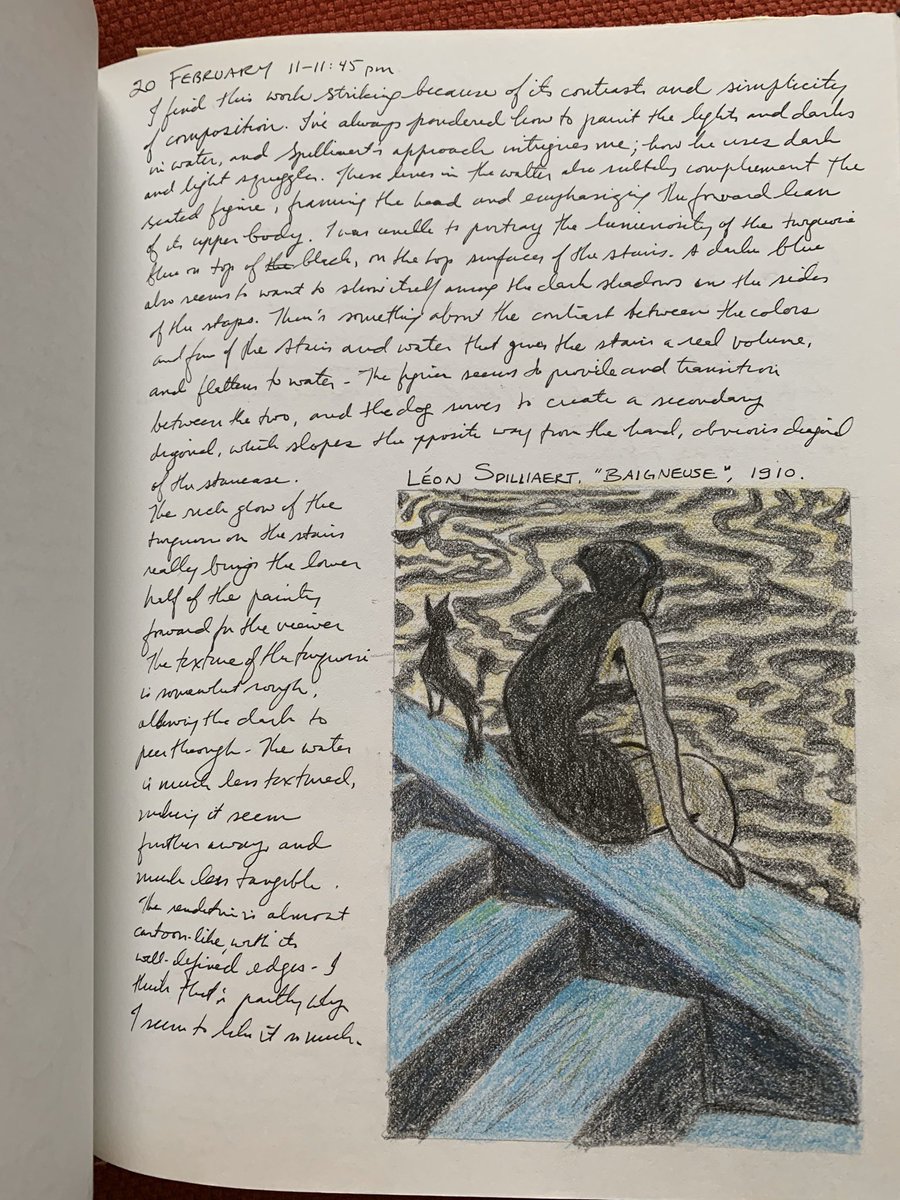 https://www.royalacademy.org.uk/article/v..." title="I’d bought tickets for last Monday to see the Leon Spilliaert show at the @royalacademy and I’m gutted it had to shut down. Do look up Spilliaert online, his work’s incredible https://abs.twimg.com/emoji/v2/... draggable="false" alt="💔" title="Broken heart" aria-label="Emoji: Broken heart"> https://www.royalacademy.org.uk/article/v...">
https://www.royalacademy.org.uk/article/v..." title="I’d bought tickets for last Monday to see the Leon Spilliaert show at the @royalacademy and I’m gutted it had to shut down. Do look up Spilliaert online, his work’s incredible https://abs.twimg.com/emoji/v2/... draggable="false" alt="💔" title="Broken heart" aria-label="Emoji: Broken heart"> https://www.royalacademy.org.uk/article/v...">
 https://www.royalacademy.org.uk/article/v..." title="I’d bought tickets for last Monday to see the Leon Spilliaert show at the @royalacademy and I’m gutted it had to shut down. Do look up Spilliaert online, his work’s incredible https://abs.twimg.com/emoji/v2/... draggable="false" alt="💔" title="Broken heart" aria-label="Emoji: Broken heart"> https://www.royalacademy.org.uk/article/v...">
https://www.royalacademy.org.uk/article/v..." title="I’d bought tickets for last Monday to see the Leon Spilliaert show at the @royalacademy and I’m gutted it had to shut down. Do look up Spilliaert online, his work’s incredible https://abs.twimg.com/emoji/v2/... draggable="false" alt="💔" title="Broken heart" aria-label="Emoji: Broken heart"> https://www.royalacademy.org.uk/article/v...">
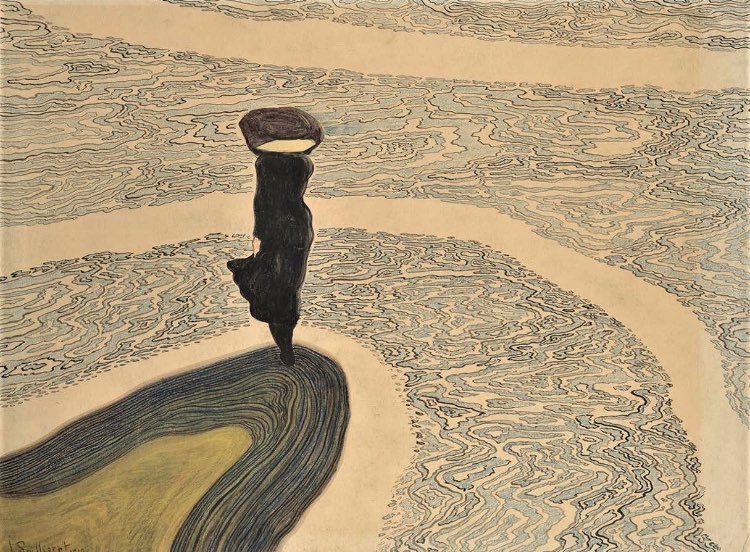 https://www.royalacademy.org.uk/article/v..." title="I’d bought tickets for last Monday to see the Leon Spilliaert show at the @royalacademy and I’m gutted it had to shut down. Do look up Spilliaert online, his work’s incredible https://abs.twimg.com/emoji/v2/... draggable="false" alt="💔" title="Broken heart" aria-label="Emoji: Broken heart"> https://www.royalacademy.org.uk/article/v...">
https://www.royalacademy.org.uk/article/v..." title="I’d bought tickets for last Monday to see the Leon Spilliaert show at the @royalacademy and I’m gutted it had to shut down. Do look up Spilliaert online, his work’s incredible https://abs.twimg.com/emoji/v2/... draggable="false" alt="💔" title="Broken heart" aria-label="Emoji: Broken heart"> https://www.royalacademy.org.uk/article/v...">
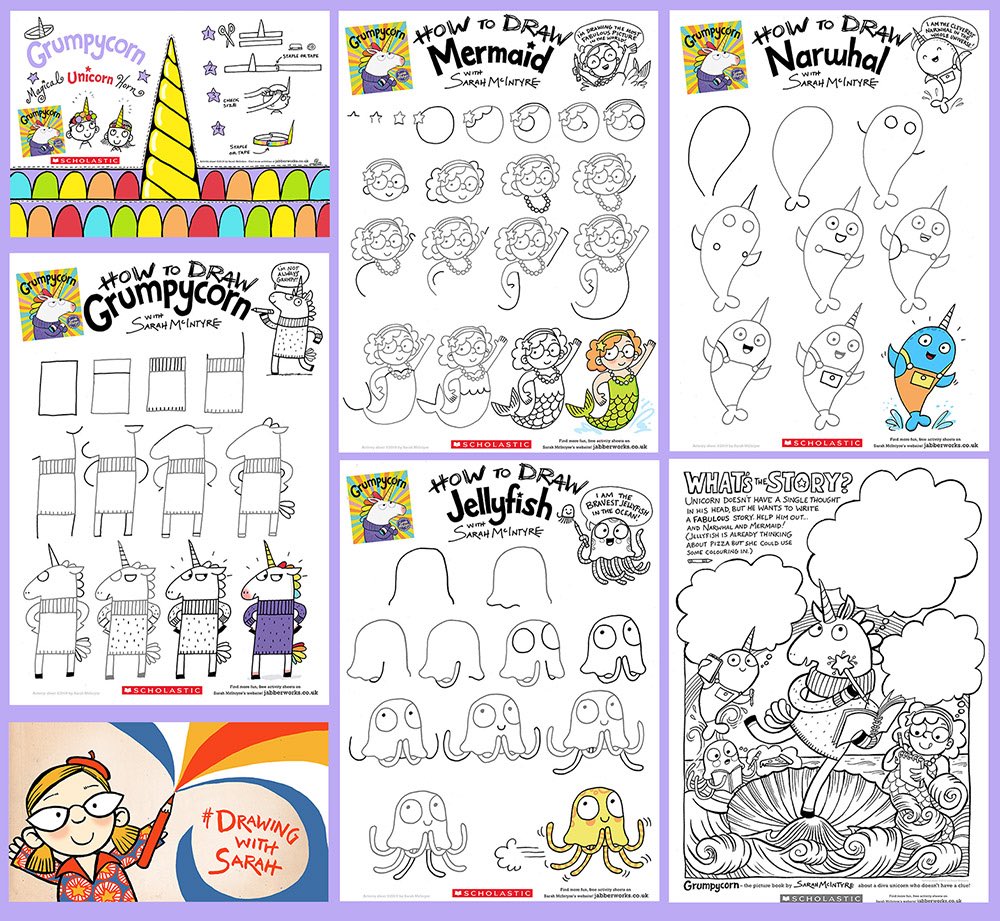 #DrawingWithSarah https://m.youtube.com/user/jabb..." title="That’s why I post so many step-by-step guides on my website. If someone can draw something they like on their paper, perhaps customise it a bit, they’re more likely to build on and adapt what they’ve learned. https://www.jabberworks.co.uk/books&quo... href="https://twtext.com//hashtag/DrawingWithSarah"> #DrawingWithSarah https://m.youtube.com/user/jabb..." class="img-responsive" style="max-width:100%;"/>
#DrawingWithSarah https://m.youtube.com/user/jabb..." title="That’s why I post so many step-by-step guides on my website. If someone can draw something they like on their paper, perhaps customise it a bit, they’re more likely to build on and adapt what they’ve learned. https://www.jabberworks.co.uk/books&quo... href="https://twtext.com//hashtag/DrawingWithSarah"> #DrawingWithSarah https://m.youtube.com/user/jabb..." class="img-responsive" style="max-width:100%;"/>


